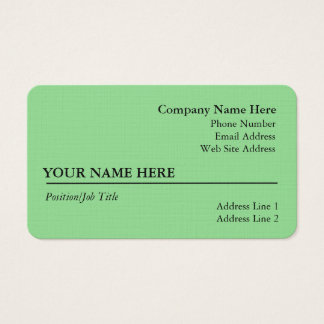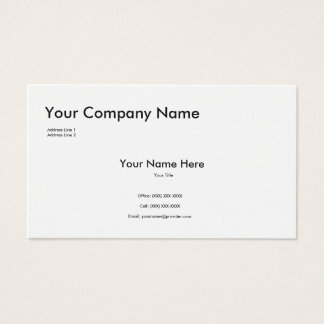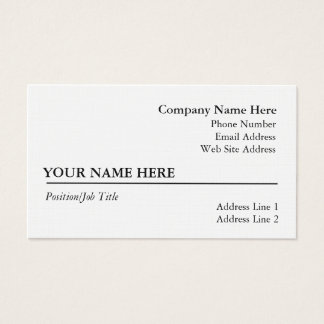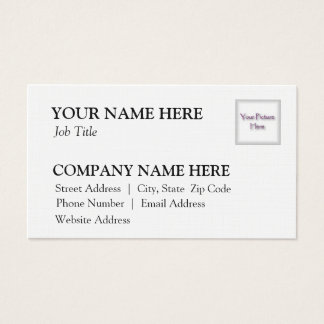Just beginning to tread the murky waters of social signals in relation to SEO rankings? It can seem like quite the daunting task considering the amount of confusion surrounding the topic. There seems to be a great deal of conflicting information put out by various respected sources, the SEO community, and even industry leaders themselves.
But first, what exactly are social signals?
Social signals is the term describing any activity by users that advances web content across social platforms. For instance; shares, Facebook likes, +1’s, and retweets could all be considered social signals. It was previously thought that these signals weighed heavily in favor of a business’s SEO ranking, essentially bolstering their position simply by acquiring more likes or +1’s on social media sites than their competitors. We now know that this not the case at all. Just a little bit of sleuthing can quickly uncover that at this point in time social signals are still not a serious factor in SEO rankings, despite the prior belief and hooplah. And that’s not likely to change any time soon.
So where did all of the confusion come from?
Much Ado About Nothing?
In 2010, Google spokesperson Matt Cutts was featured in a video endorsing the fact that Twitter and Facebook links were, at that time, being used as SEO signals. Shortly after in 2011 Google launched Google+ and set in motion their “authorship markup” campaign which was a way for authors to be connected to their content. These changes provided access to, and complete oversight of, a social media platform by Google. This was a dramatic new step for identifying and authenticating influencers online, and of course was aimed to further Google’s dominance across search and social platforms. These announcements contributed to convincing the world of SEO marketers into believing that social media was going to become a greater influence on Google’s algorithms.
This was later recanted in early 2014 by Mr. Cutts in a Google Webmaster series video where he was asked, “Are Facebook and Twitter signals part of the ranking Algorithm?” He responded by saying:
“Facebook and Twitter pages are treated like any other pages in our web index so if something occurs on Twitter or occurs on Facebook and we’re able to crawl it, then we can return that in our search results. But as far as doing special specific work to sort of say “you have this many followers on Twitter or this many likes on Facebook”, to the best of my knowledge we don’t currently have any signals like that in our web search ranking algorithms.”
Despite the fact that Google is not currently using social signals in their algorithms, some may still argue that there is a definite correlation between the number of shares a business receives on a piece of content versus their SEO ranking. While this may seem to be true, correlation does not necessarily equal causation as Matt Cutts pointed out. The relationship between these points toward the fact that great content inspires people to like it not only in Google, but on Twitter and Facebook as well. This is the key takeaway here; to simply focus efforts on creating great content that is relevant to your audience. In doing so, content will get shared more frequently, ultimately creating more traffic for your site and elevating your SEO ranking. This means that indirectly, social shares do help SEO, but the core is about great content, not social presence.
Social Media is Still Your Friend
This is not to say that you shouldn’t be on multiple social media sites, or that it won’t benefit your endeavor. Although social signals are not factored into SEO rankings directly, they still play a pivotal role in furthering a company’s brand. A compelling social media campaign can impact your SEO, which is one of the most significant reasons for building a solid foundation on social platforms.
Although not all shares are created equally, (meaning someone with 100 followers does not have the same influence as someone who has 10,000) the number of your followers isn’t as crucial as the interactions with them. It is all about engagement. Active engagement creates brand awareness among consumers where that truly great content is being produced; this results in more shares, likes, and retweets. Some of the additional benefits that may be received from a stellar social presence include:
- Rapid exposure of content – instant eyeballs to your fabulous creations.
- Referral traffic to content boosts the chances that people will link to it.
- The potential for an upsurge in followers which leads to higher visibility and an increase in return traffic.
- Content being shared at a greater rate increases the probability of it being seen and shared by a major industry influencer which can have a much larger impact.
Conclusion
The verdict is still out about whether or not Google and other search engines will incorporate social signals as a sincere ranking factor. Many SEOs and marketers hypothesize that these signals will one day play a more direct role on rankings, but for now it has still not come to fruition.
Although social signals are not currently incorporated in Google’s algorithms (at least not yet) for SEO rankings, they absolutely have an effect on how much traffic a site can generate based on brand awareness, in turn boosting rank. Social media remains an invaluable marketing tool that should be utilized to create awareness, trust, and loyalty for your brand. Just be aware of its power and limitations.
15% Off All Business Cards
$60.05
$60.05
$60.05
$62.55
$60.05
$60.05
$60.05
$60.05
$52.55
$52.55
$60.05
$60.05















